Home>Home Appliances>Bathroom Appliances>How To Use A Swing Weight Scale
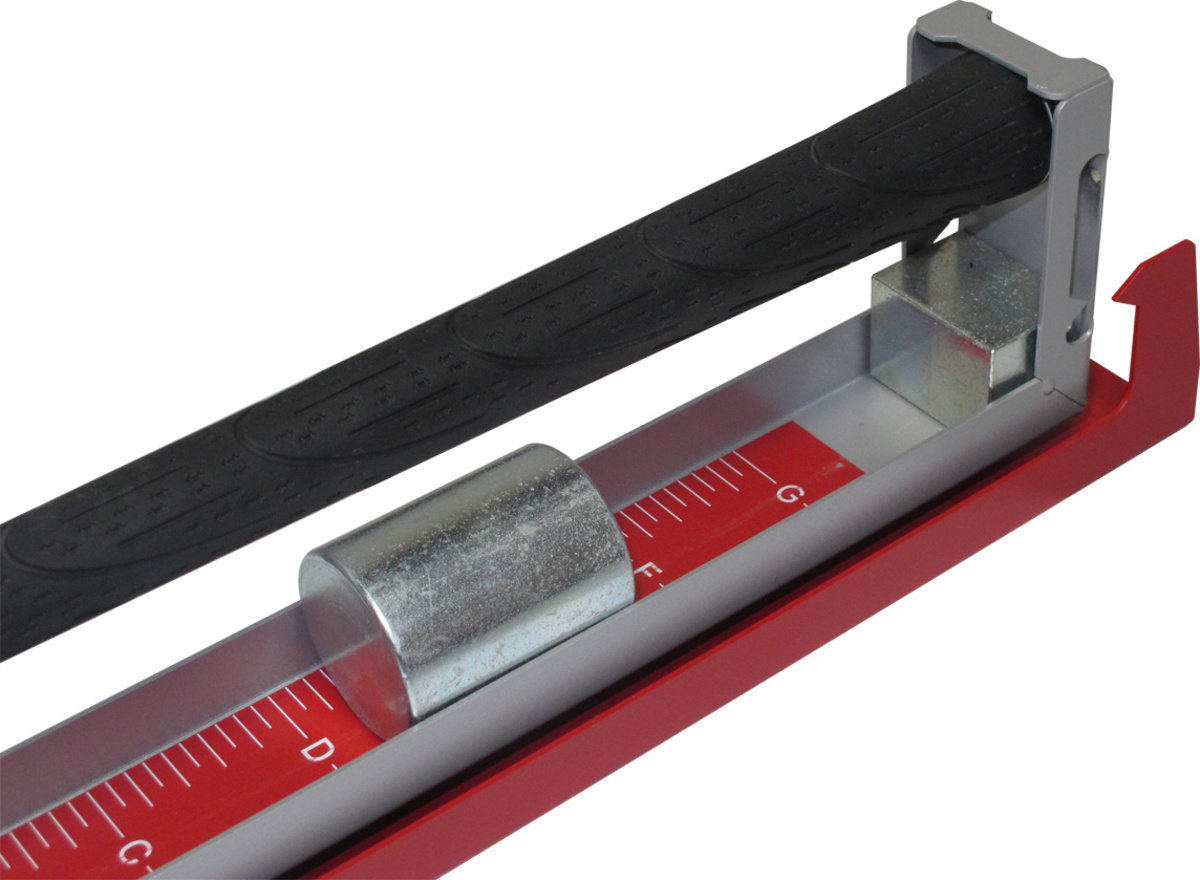

Bathroom Appliances
How To Use A Swing Weight Scale
Published: February 13, 2024
Learn how to use a swing weight scale for your bathroom appliances. Get expert tips and tricks for accurate measurements and proper usage. Elevate your home maintenance skills today!
(Many of the links in this article redirect to a specific reviewed product. Your purchase of these products through affiliate links helps to generate commission for Storables.com, at no extra cost. Learn more)
Introduction
When it comes to optimizing your golf game, every detail matters. From the precision of your swing to the balance of your clubs, each element contributes to your performance on the course. One crucial factor that often goes overlooked is the swing weight of your golf clubs. Understanding and effectively utilizing a swing weight scale can make a significant difference in your game.
The swing weight of a golf club refers to the distribution of weight along the club's length, impacting how it feels when swung. This measurement plays a pivotal role in determining the club's overall balance and the force required to swing it effectively. While it may seem like a technical aspect reserved for professionals, golfers of all levels can benefit from comprehending and adjusting their club's swing weight.
In this article, we will delve into the intricacies of swing weight and explore the importance of using a swing weight scale. Additionally, we will provide a comprehensive guide on how to use a swing weight scale effectively, along with valuable tips for achieving accurate measurements. By the end of this article, you will have a deeper understanding of this often overlooked aspect of golf equipment and be equipped with the knowledge to optimize your club's swing weight for improved performance on the course.
Key Takeaways:
- Understand swing weight to optimize your golf game. Use a swing weight scale to measure and adjust club balance for improved performance and personalized feel on the course.
- Using a swing weight scale ensures consistent club feel, customization to your playing style, and informed decision-making for club modifications. Follow steps and tips for accurate measurements.
Read more: How To Use A Balance Scale For Weight
Understanding Swing Weight
Understanding swing weight is essential for any golfer looking to optimize their performance on the course. The swing weight of a golf club is a crucial factor that influences the feel and performance of the club during a swing. It is a measurement that reflects the distribution of weight along the length of the club, impacting how it behaves when swung.
The swing weight scale typically ranges from A0 to G10, with A0 representing the lightest and G10 the heaviest. A club with a higher swing weight will feel heavier during the swing, requiring more force to maneuver, while a lower swing weight indicates a lighter feel, demanding less effort to swing effectively.
The swing weight is determined by the distribution of the club's weight relative to the fulcrum point, which is typically around 14 inches from the grip end. This measurement is crucial as it directly affects the club's balance and the golfer's ability to control the swing.
In practical terms, a club with a higher swing weight can provide more power and stability, making it suitable for players seeking greater distance and control. On the other hand, a club with a lower swing weight offers enhanced maneuverability and speed, making it ideal for golfers looking to maximize their swing speed and finesse.
Understanding the swing weight of your clubs allows you to make informed decisions when customizing your equipment to suit your playing style. By adjusting the swing weight, golfers can tailor their clubs to achieve the desired balance and feel, ultimately optimizing their performance on the course.
In summary, swing weight is a fundamental aspect of golf club design that significantly influences a golfer's experience on the course. By comprehending the nuances of swing weight and its impact on club performance, golfers can make informed decisions when selecting and customizing their equipment to suit their individual playing style and preferences.
Importance of Using a Swing Weight Scale
Understanding the swing weight of your golf clubs is crucial for optimizing your performance on the course. However, accurately determining the swing weight requires the use of a specialized tool known as a swing weight scale. The importance of using a swing weight scale cannot be overstated, as it directly impacts the feel, balance, and overall performance of your clubs.
One of the primary reasons for using a swing weight scale is to ensure consistency across your set of clubs. When each club is precisely measured and adjusted to achieve the desired swing weight, you can maintain a uniform feel and performance throughout your entire set. This consistency is essential for developing a reliable and repeatable swing, allowing you to confidently execute shots with different clubs without experiencing significant variations in their feel and handling.
Furthermore, using a swing weight scale enables you to customize your clubs to match your specific playing style and preferences. Whether you prefer a heavier, more stable feel for increased power and control, or a lighter, more maneuverable sensation for enhanced speed and finesse, the ability to accurately measure and adjust the swing weight of each club empowers you to tailor your equipment to suit your individual needs.
Accurate swing weight measurements also play a crucial role in club fitting and customization. By utilizing a swing weight scale, club fitters and golf professionals can assess your swing characteristics and fine-tune the swing weight of your clubs to optimize your performance. This personalized approach ensures that your clubs are tailored to complement your swing dynamics, maximizing your potential on the course.
Moreover, using a swing weight scale allows you to make informed decisions when modifying or upgrading your clubs. Whether you are adjusting the swing weight to compensate for changes in shaft length or experimenting with different club configurations, the ability to precisely measure and adjust the swing weight provides valuable insights into how these modifications impact the overall feel and performance of your clubs.
In essence, the importance of using a swing weight scale lies in its ability to facilitate consistency, customization, and informed decision-making when it comes to optimizing the swing weight of your golf clubs. By leveraging this essential tool, you can ensure that each club in your set is finely tuned to deliver the desired feel and performance, ultimately enhancing your overall experience on the course.
When using a swing weight scale, make sure to securely attach the club to the scale and hold it horizontally. Take note of the reading to understand the club’s swing weight.
Steps to Using a Swing Weight Scale
-
Prepare the Equipment: Begin by setting up the swing weight scale on a stable surface, ensuring that it is level and securely positioned. It is essential to create a controlled environment free from external factors that could influence the measurements, such as air currents or excessive noise.
-
Select the Club: Choose the golf club that you intend to measure. It is advisable to start with a standard 6-iron, as this provides a baseline for comparing the swing weights of other clubs in your set. Ensure that the club is clean and free from any extraneous materials that could affect the accuracy of the measurement.
-
Position the Club: Carefully place the club on the swing weight scale, ensuring that it is aligned according to the scale's guidelines. The club should be positioned with the grip end facing upwards and the head resting securely on the designated support point of the scale.
-
Record the Measurement: Once the club is properly positioned, take note of the swing weight measurement displayed on the scale. This value represents the club's swing weight, providing valuable insight into its balance and feel during a swing. It is essential to record this measurement accurately for future reference and comparison.
-
Adjust if Necessary: If the measured swing weight deviates from the desired value or varies significantly from other clubs in your set, consider making adjustments to achieve the desired balance. This may involve adding or removing weight from specific areas of the club to fine-tune its swing weight according to your preferences.
-
Repeat for Other Clubs: After completing the measurement and potential adjustments for the selected club, proceed to repeat the process for the remaining clubs in your set. This comprehensive approach allows you to assess and customize the swing weight of each club, ensuring a consistent and tailored feel across your entire set.
-
Evaluate and Fine-Tune: Once the swing weight measurements for all clubs have been recorded, take the time to evaluate the overall balance and feel of your set. Pay attention to any noticeable variations and consider additional fine-tuning to achieve a cohesive and personalized feel that aligns with your playing style and preferences.
-
Seek Professional Assistance if Needed: If you encounter challenges or seek expert guidance in optimizing the swing weight of your clubs, consider consulting with a club fitter or golf professional. Their expertise and specialized tools can provide valuable insights and recommendations for refining the swing weight to enhance your performance on the course.
By following these steps to using a swing weight scale, you can effectively measure, adjust, and customize the swing weight of your golf clubs, ultimately optimizing their balance and feel to suit your individual playing style and preferences.
Tips for Accurate Measurements
Accurately measuring the swing weight of your golf clubs is essential for optimizing their performance and ensuring a consistent feel across your set. To achieve precise and reliable measurements, consider the following tips:
-
Calibrate the Scale: Before conducting any measurements, ensure that the swing weight scale is properly calibrated. This involves verifying its accuracy and making any necessary adjustments to guarantee reliable readings. Calibration is crucial for obtaining consistent and trustworthy measurements across all clubs in your set.
-
Minimize External Influences: Create a controlled environment free from external factors that could impact the accuracy of the measurements. Avoid air currents, excessive noise, and other disturbances that could affect the stability of the scale or the club during the measurement process.
-
Use a Stabilizing Clamp: When positioning the club on the swing weight scale, consider using a stabilizing clamp to secure it in place. This minimizes any potential movement or instability during the measurement, ensuring that the club remains in the correct position for an accurate reading.
-
Check for Leveling: Verify that the swing weight scale is level before conducting measurements. A level scale is essential for obtaining precise readings, as any tilt or imbalance could lead to inaccuracies in the swing weight measurements.
-
Consistent Grip Orientation: When placing the club on the scale, ensure that the grip end is consistently positioned in the same orientation for each measurement. This uniformity eliminates potential variations caused by different grip alignments, contributing to more reliable and comparable swing weight measurements.
-
Average Multiple Measurements: To enhance accuracy, consider taking multiple measurements for each club and calculating the average swing weight. This approach helps mitigate potential minor variations and provides a more comprehensive understanding of the club's overall swing weight.
-
Record and Compare: Keep detailed records of the swing weight measurements for each club in your set. By maintaining a comprehensive log, you can compare measurements over time, track any adjustments made, and identify trends or patterns that may influence your club customization decisions.
-
Seek Professional Guidance: If you encounter challenges or seek further refinement in optimizing the swing weight of your clubs, consider seeking assistance from a club fitter or golf professional. Their expertise and specialized tools can provide valuable insights and recommendations for achieving the desired swing weight adjustments.
By implementing these tips, you can enhance the accuracy of your swing weight measurements, enabling you to make informed decisions when customizing and optimizing the performance of your golf clubs.
Read more: How To Use A Sliding Weight Scale
Conclusion
In conclusion, the swing weight of your golf clubs plays a pivotal role in shaping your experience on the course. By understanding and utilizing a swing weight scale, you gain the ability to fine-tune the balance and feel of your clubs, ultimately optimizing your performance and enhancing your overall enjoyment of the game.
The comprehensive guide provided in this article offers valuable insights into the significance of swing weight, the importance of using a swing weight scale, and the steps to effectively measure and adjust the swing weight of your clubs. By following these guidelines, you can embark on a journey to personalize your equipment, ensuring that each club aligns with your playing style and preferences.
Furthermore, the tips for achieving accurate measurements serve as a practical resource for enhancing the precision of your swing weight adjustments. From calibrating the scale to maintaining consistent grip orientation, these recommendations empower you to obtain reliable measurements and make informed decisions when customizing your clubs.
It is important to recognize that the utilization of a swing weight scale is not limited to professional golfers. Golf enthusiasts of all levels can benefit from this tool, as it provides a pathway to consistency, customization, and a deeper connection with the equipment that accompanies them on the course.
Ultimately, the knowledge and proficiency gained in using a swing weight scale contribute to a more immersive and rewarding golfing experience. By taking control of the swing weight of your clubs, you can fine-tune their performance to align with your unique playing style, fostering a sense of confidence and connection with your equipment.
In essence, the journey of utilizing a swing weight scale transcends mere measurements and adjustments; it represents a personalized approach to enhancing your game, embracing the nuances of club customization, and unlocking the potential for improved performance and enjoyment on the golf course.
Frequently Asked Questions about How To Use A Swing Weight Scale
Was this page helpful?
At Storables.com, we guarantee accurate and reliable information. Our content, validated by Expert Board Contributors, is crafted following stringent Editorial Policies. We're committed to providing you with well-researched, expert-backed insights for all your informational needs.
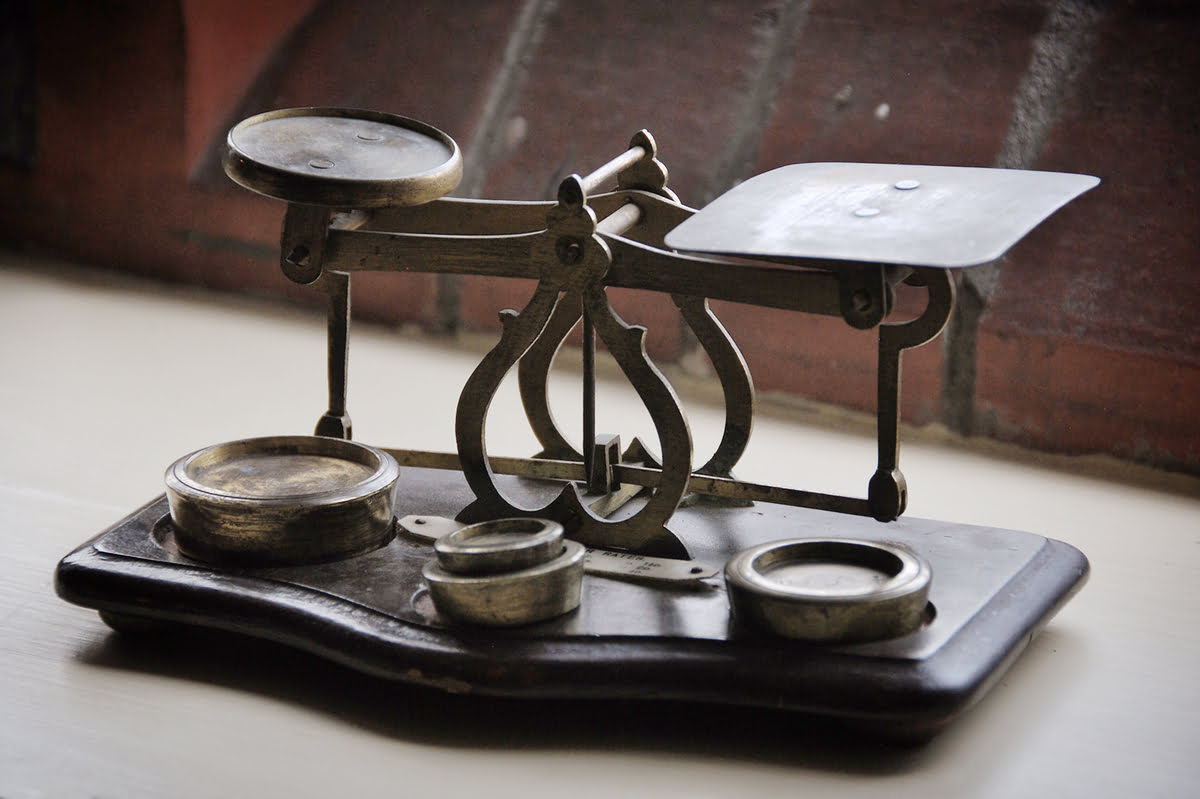
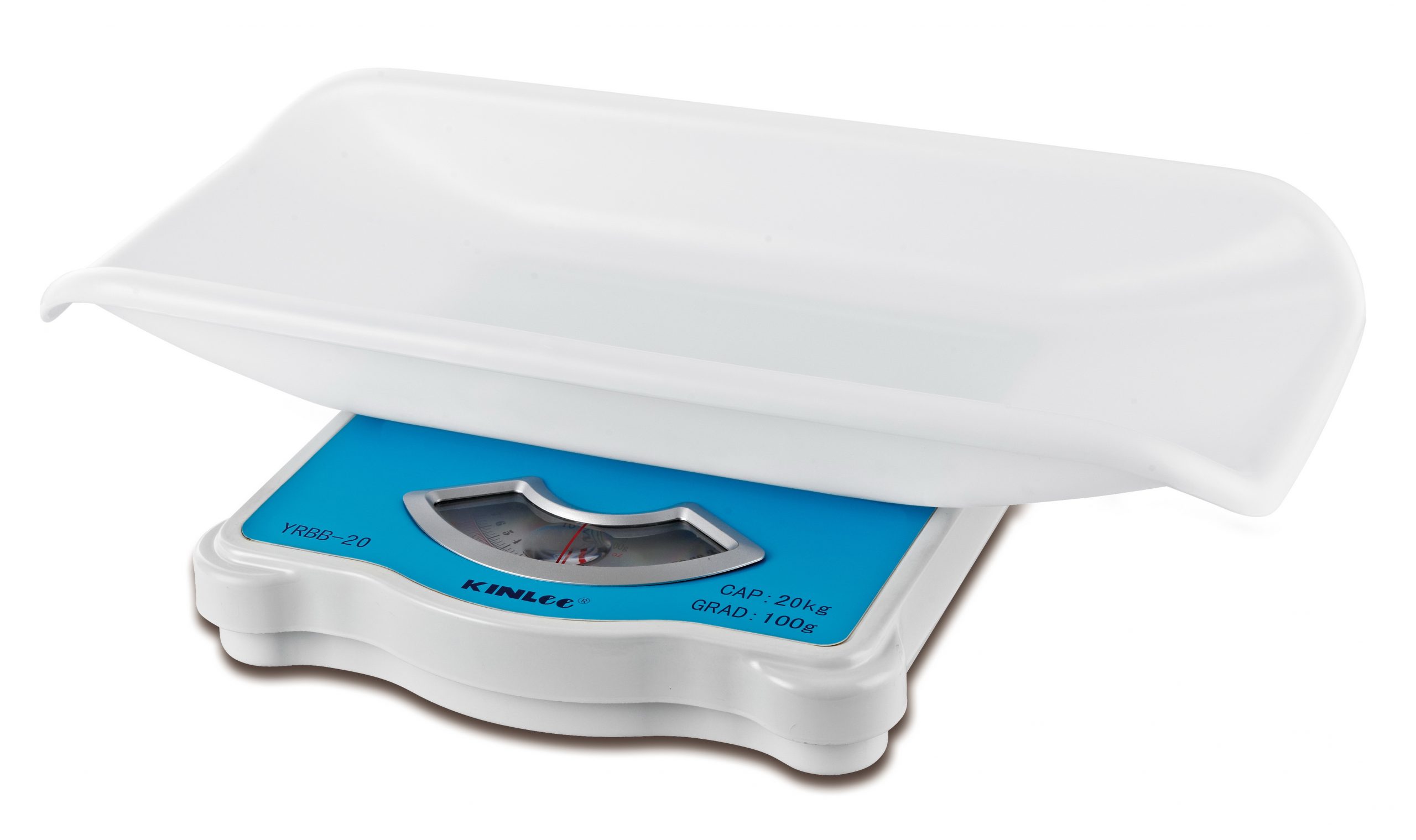
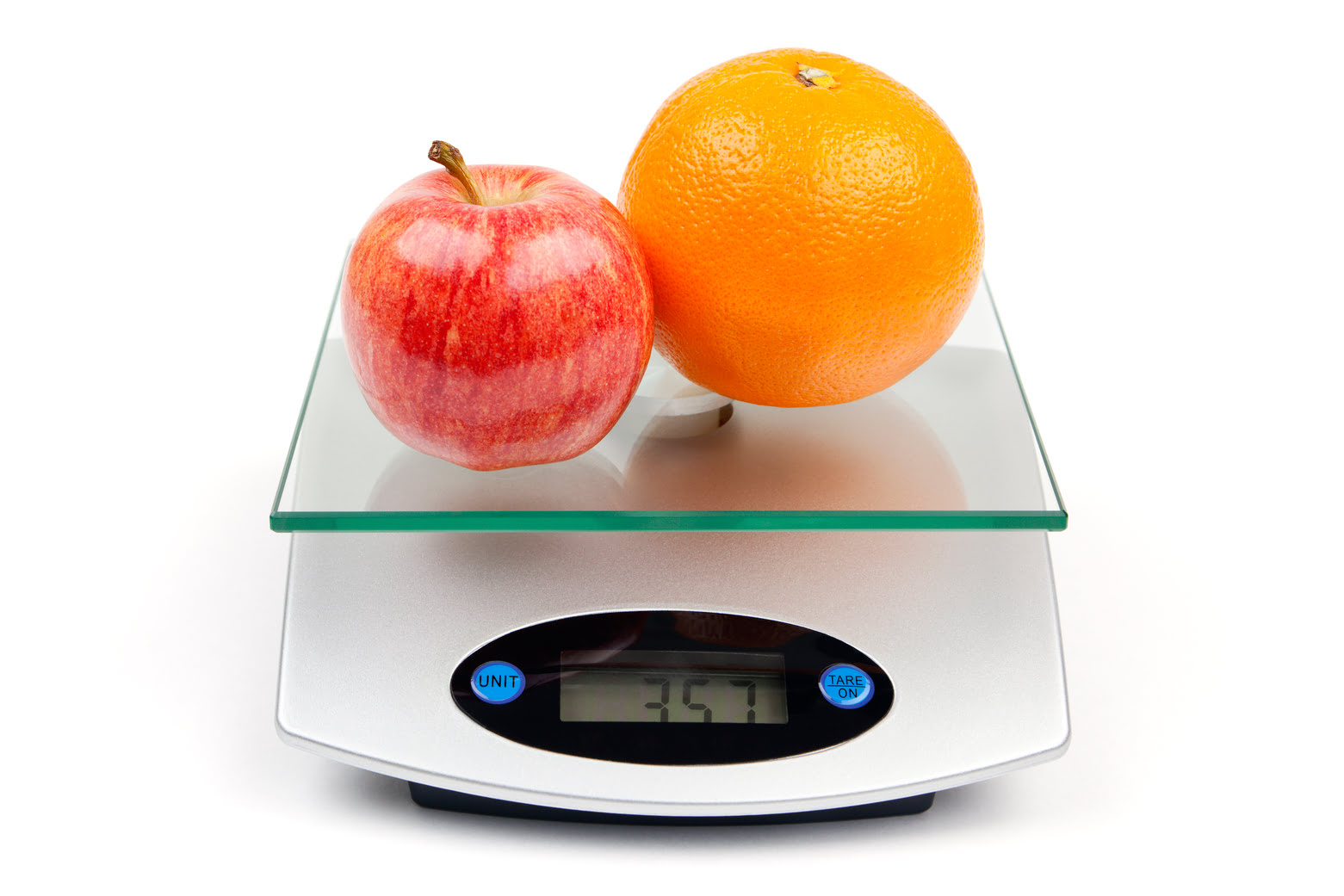
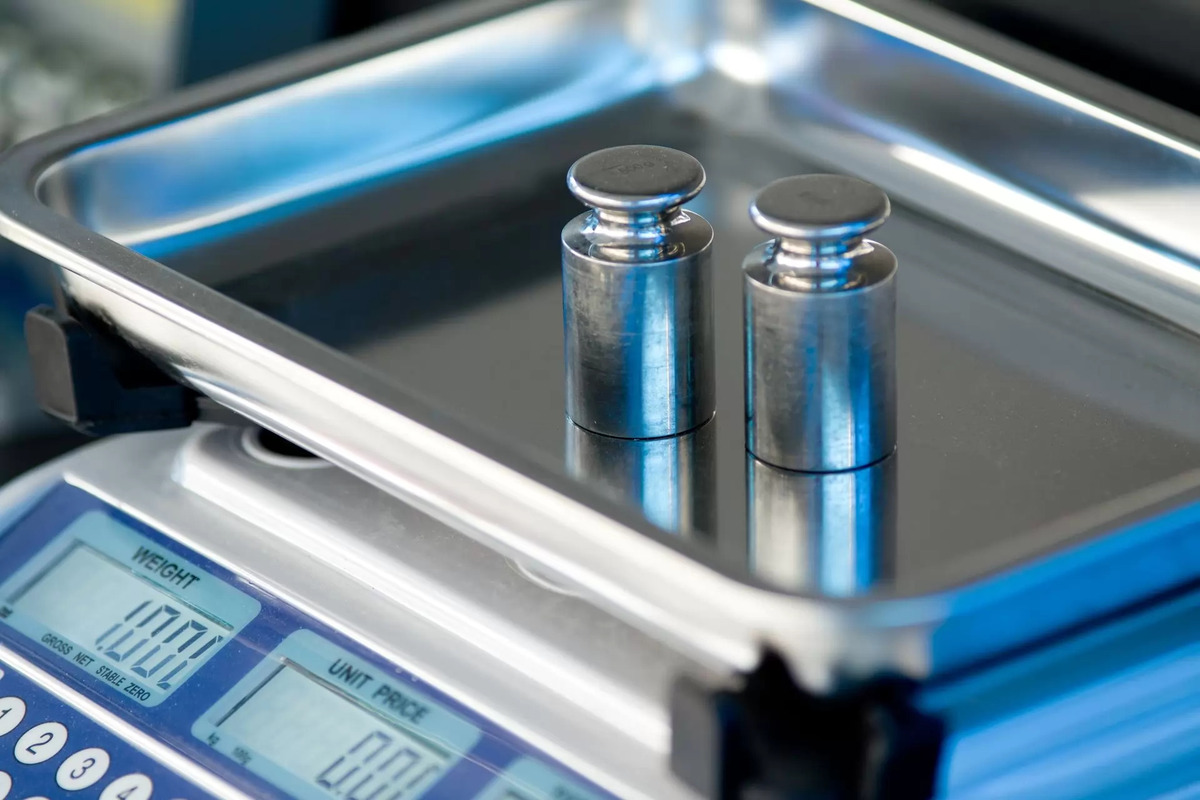


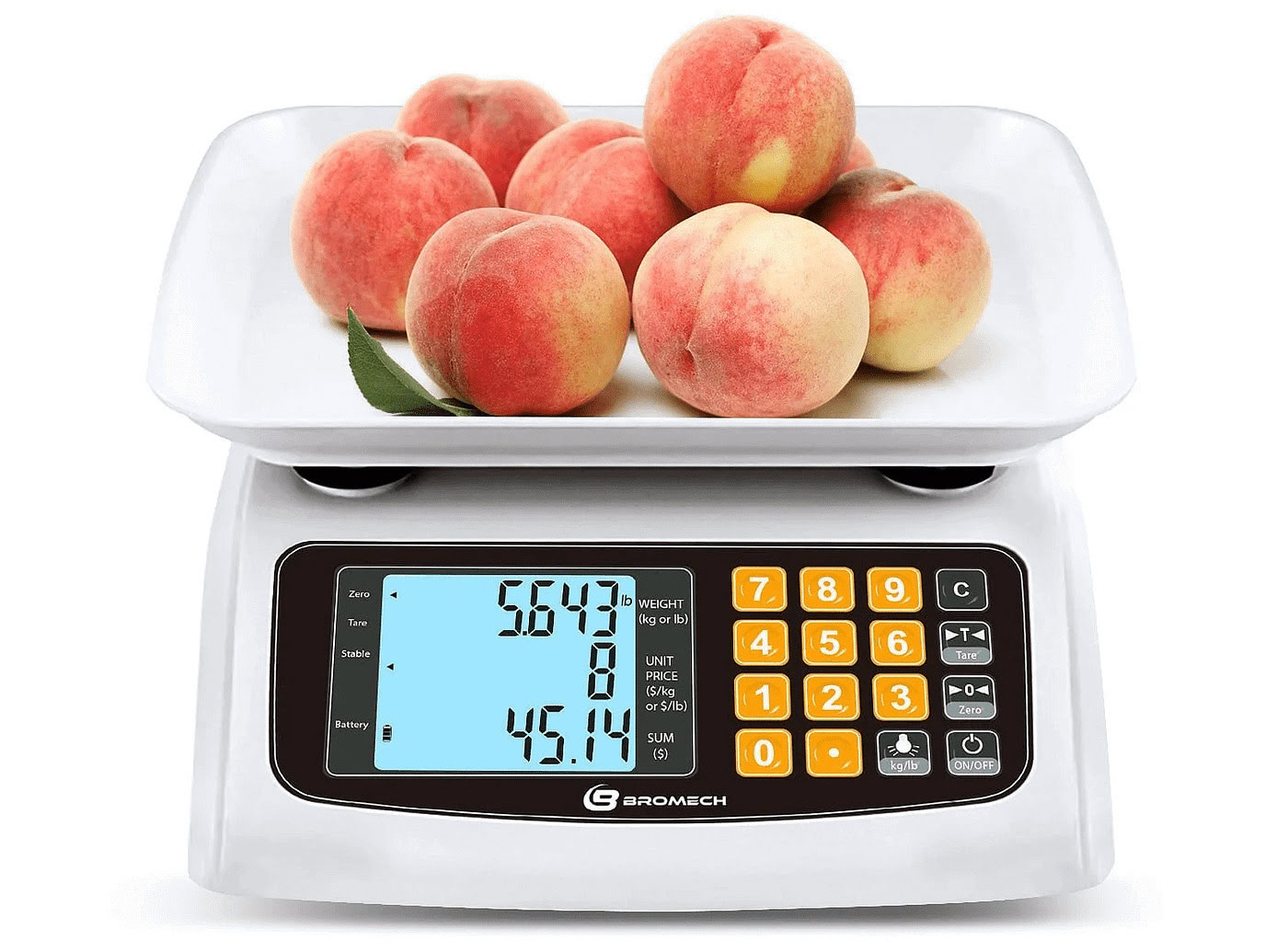
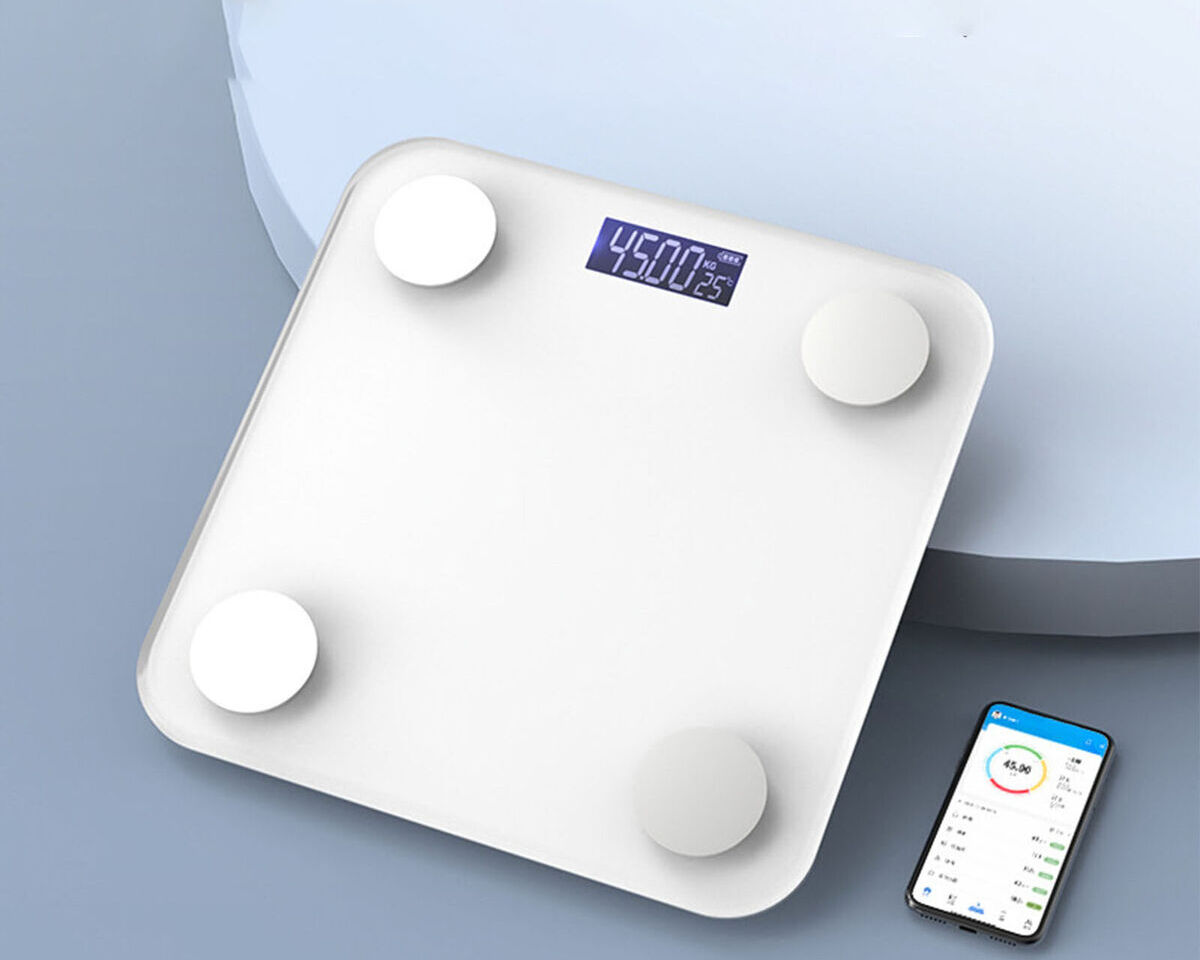
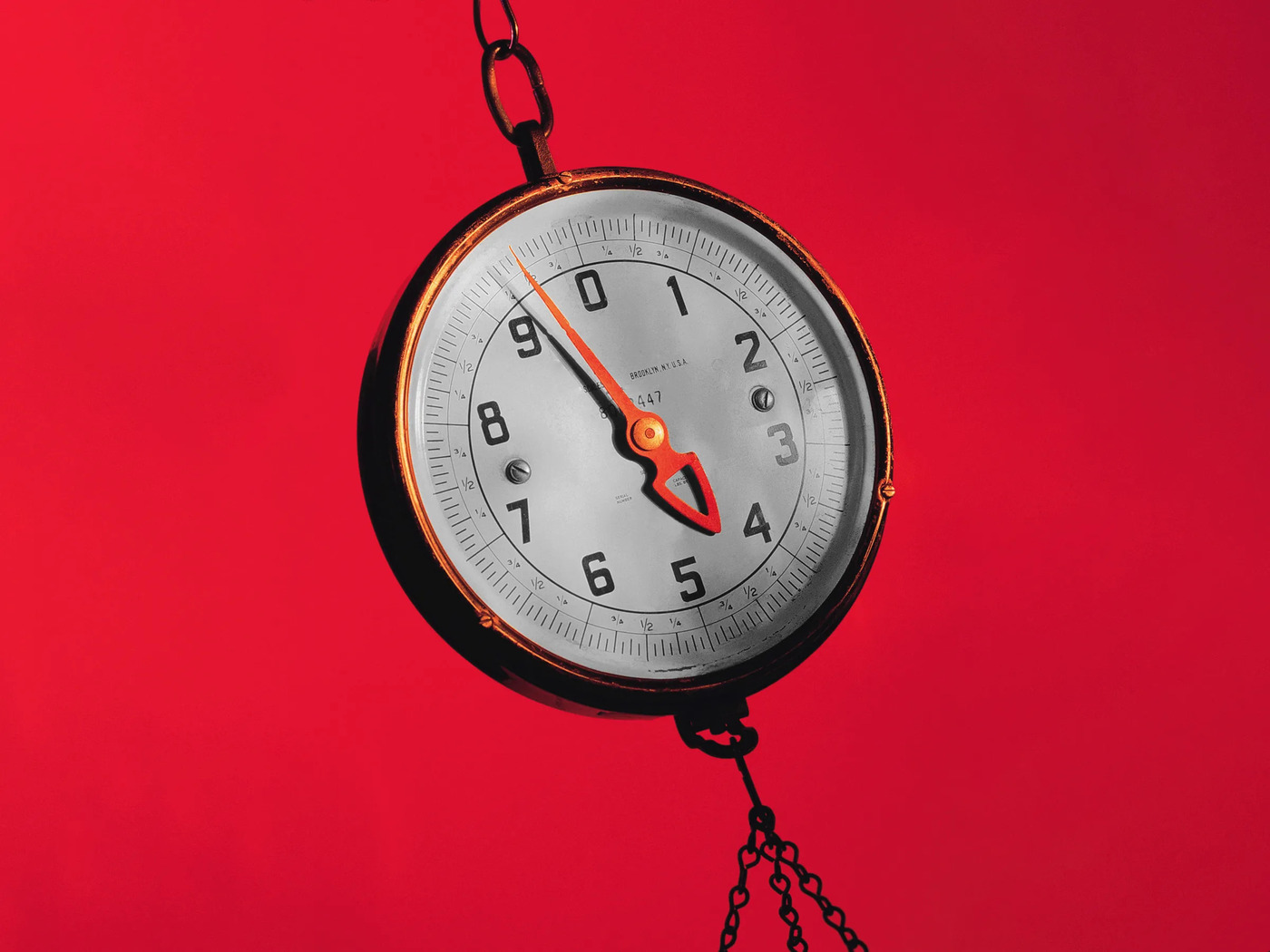
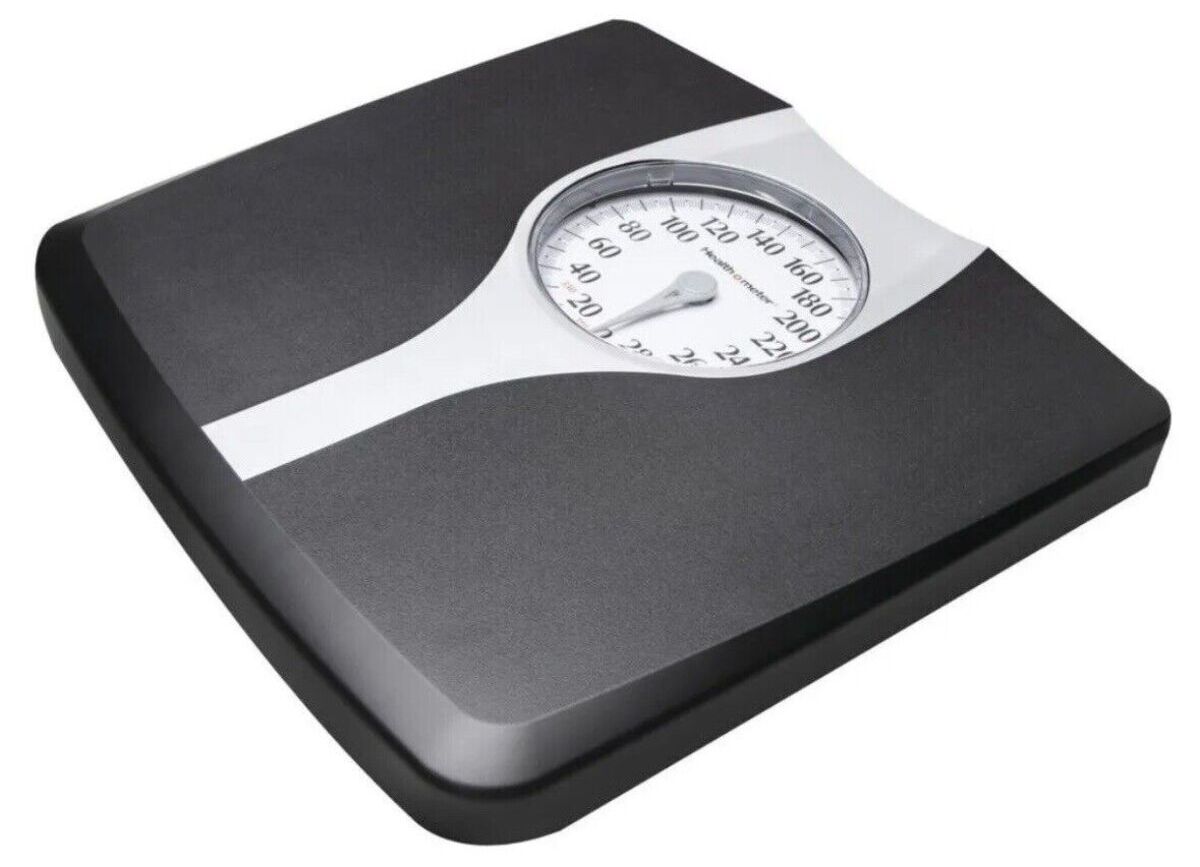

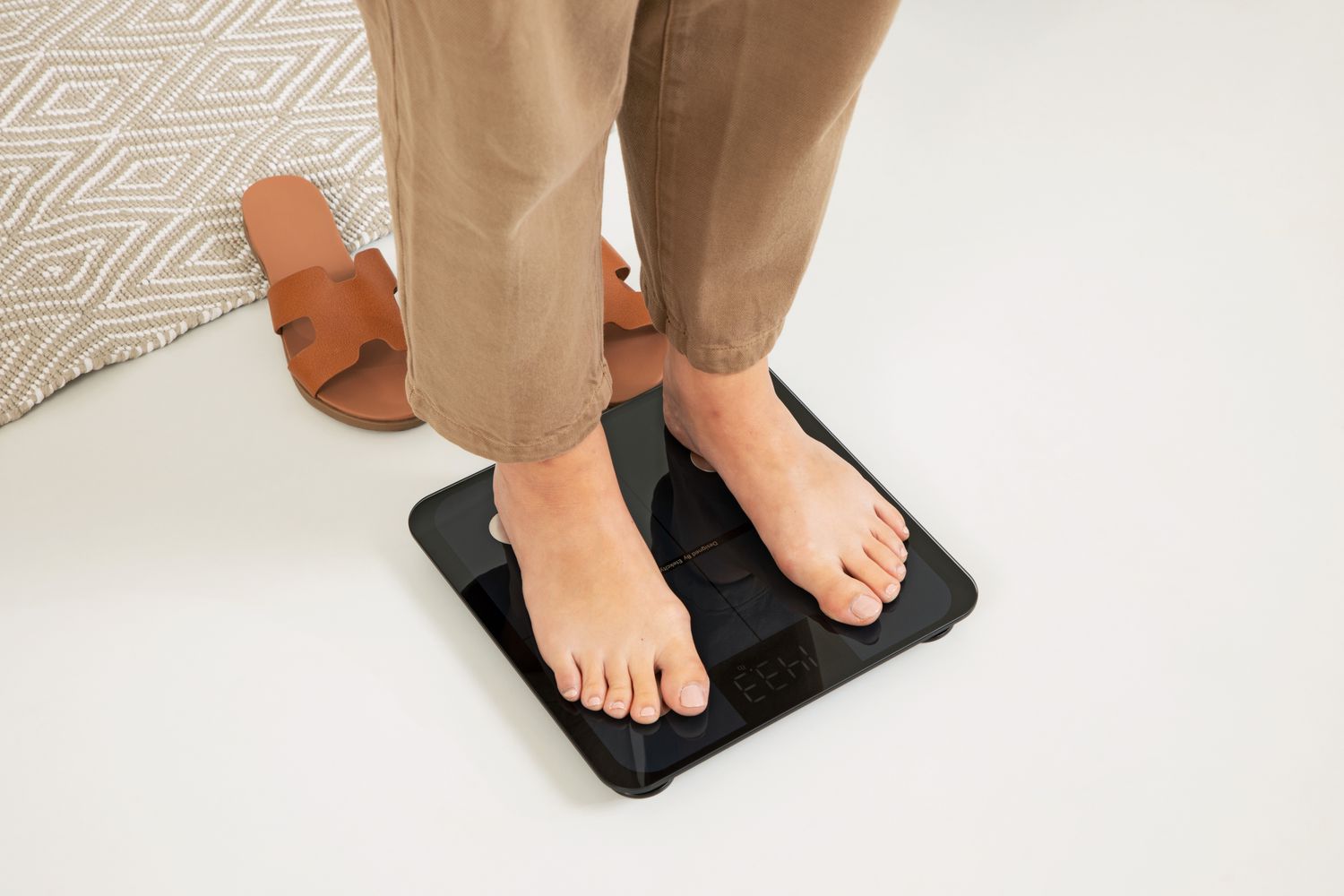
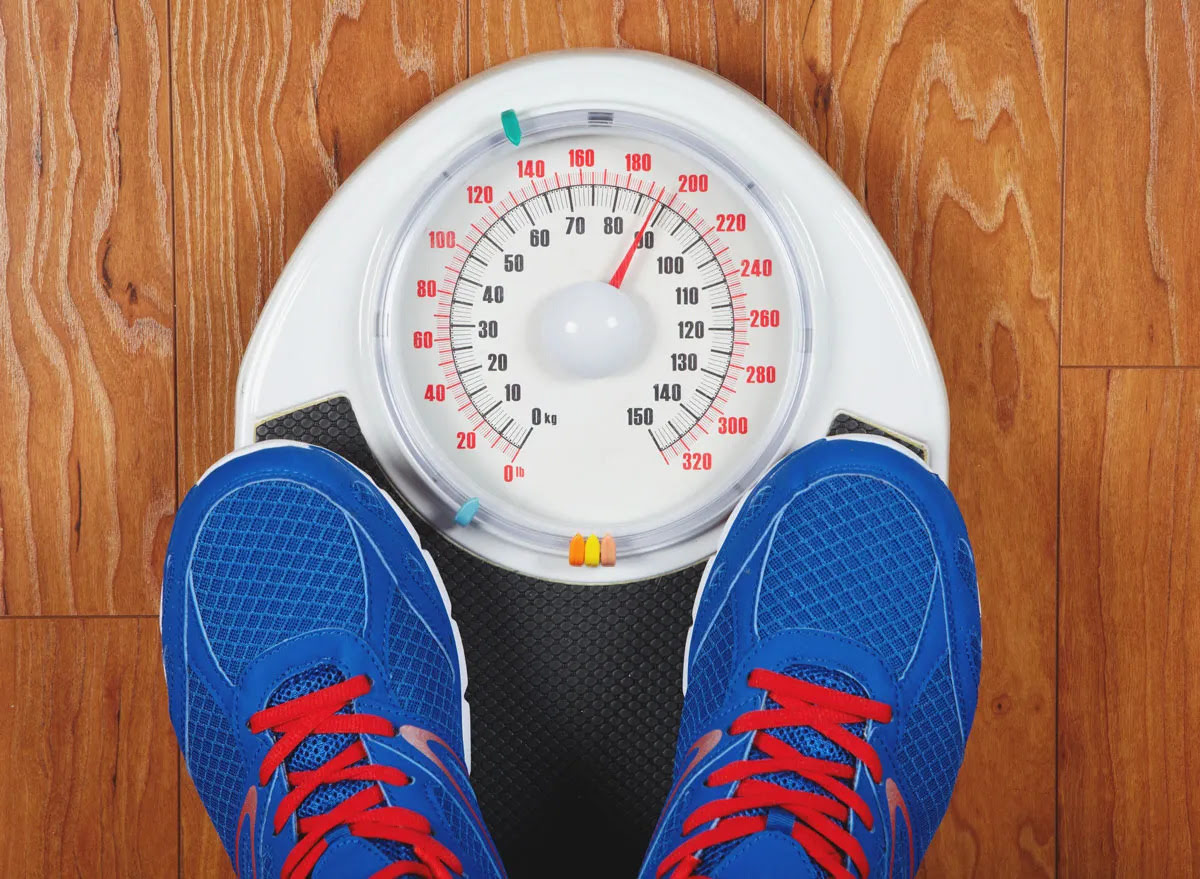


0 thoughts on “How To Use A Swing Weight Scale”